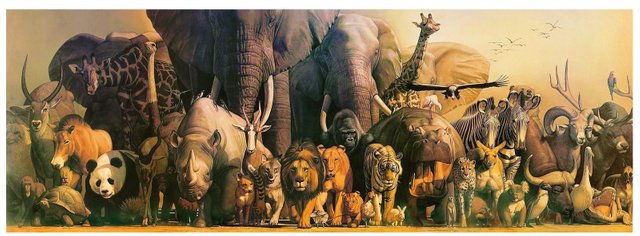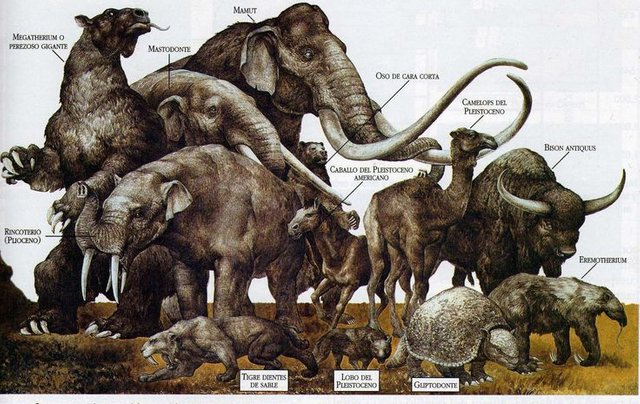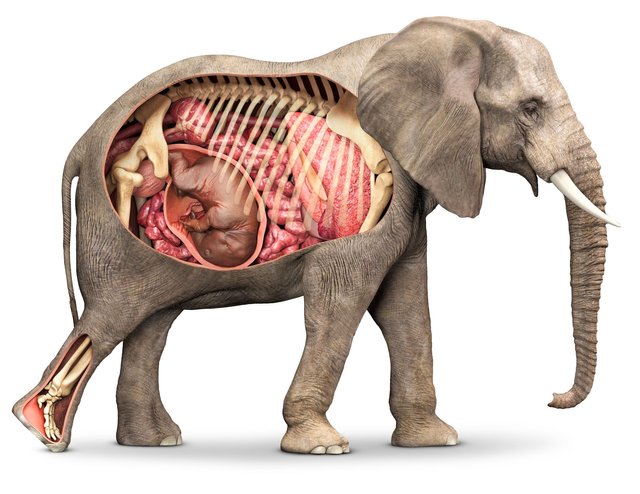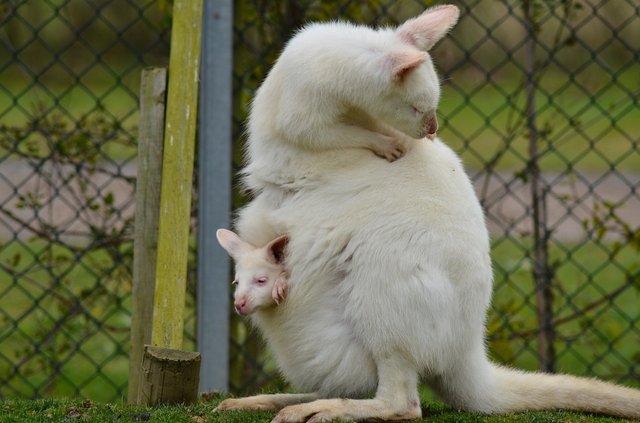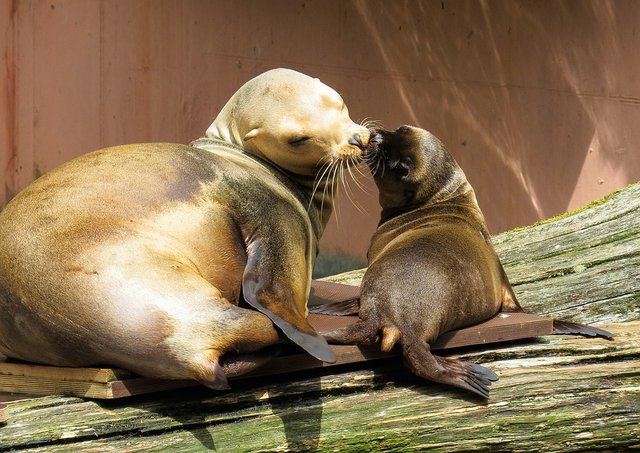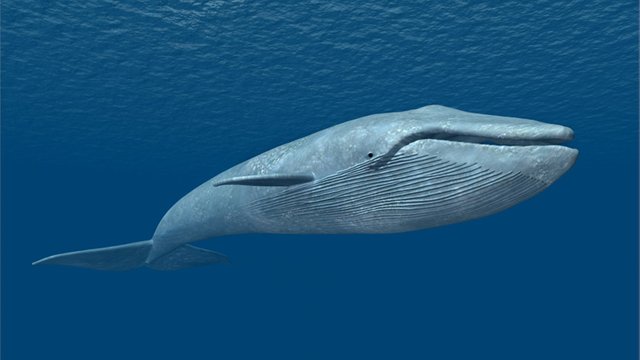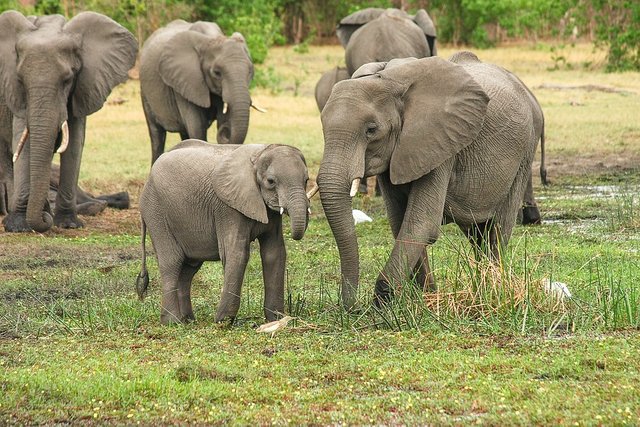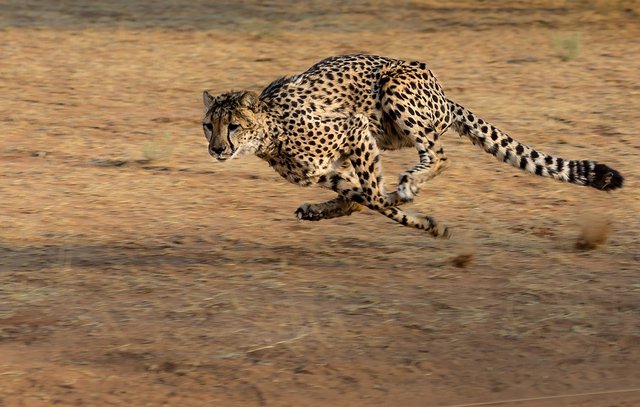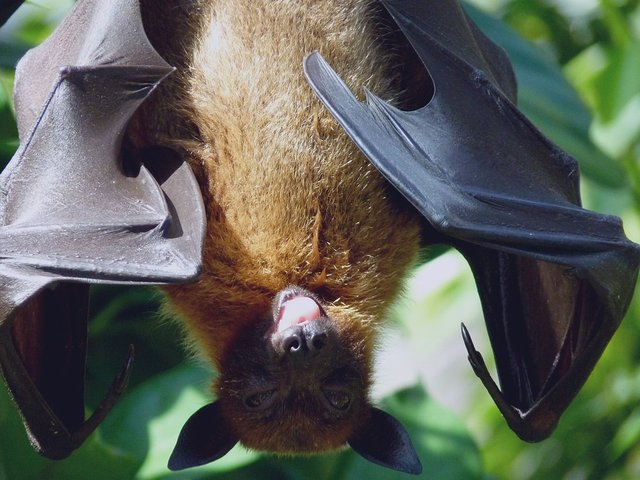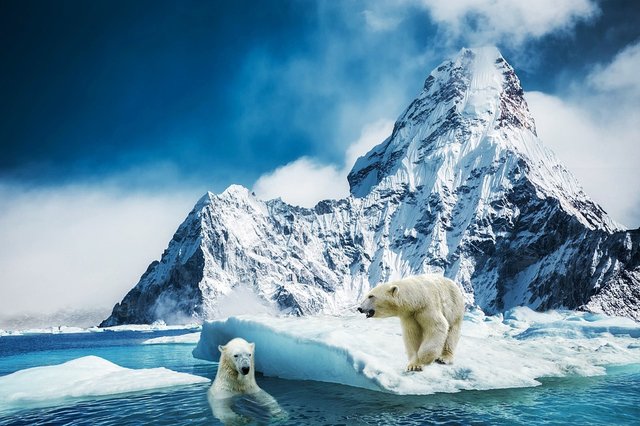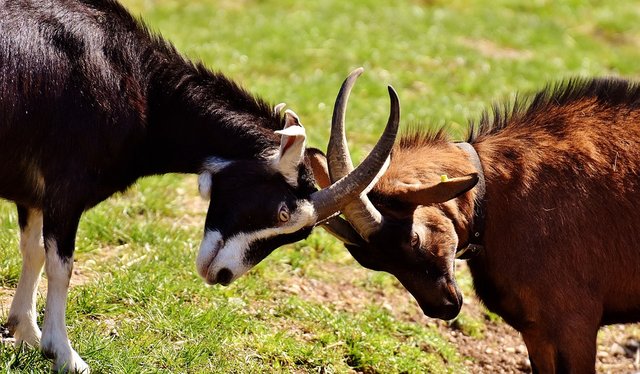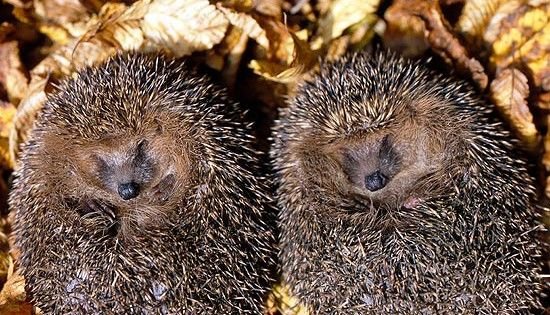Magnanimous Mammals
Magnanimous Mammals
Introduction
Mammals are famous for being the group of animals that made the best from the extinction of the dinosaurs.
They have since evolved into a very successful group of animals, being found on land, in the sea and in the air, a fact not even equalled by insects.
I look forward to having you all join me on this journey of writing on this group of animals that bear an admirable trait, tenacity.
What makes mammals different from other animals?
Mammals are the most advanced creatures in the planet. Unlike other animals, they feed their young on milk made in the mother’s body. Mammals normally give birth to only a few babies at a time and they are usually quite helpless when born, being dependant on their mothers for protection. This means that mammals are protective of their young than other animals. This protective urge is called the maternal instinct.
There are other differences that set mammals apart in the animal kingdom. They are warm-blooded, have large and complex brains, good vision, hearing and sense of smell, teeth which are adapted to suit the way the animal feeds, their bodies are covered in hair, fur or spines and they have lungs to breath air.
Why do some mammals have pouches?
Mammals with pouches are called marsupials. The pouches are used to carry their young while they are still developing. Unlike other mammals, marsupials do not give birth to fully-formed babies. Instead the baby is born early and continues developing in the pouch. Marsupials include kangaroos, wallabies, koalas and wombats. When a young kangaroo is born, it crawls into it’ mother’s pouch all by itself without any help.
There it finds a teat to feed on its mother’s milk and stays until it is fully developed. After it has left the pouch, the young kangaroo can return to the pouch, to feed, just by putting its head inside.
Which mammals lay eggs?
Bizarrely, one group of mammals, known as monotremes – the platypus and two kind of echidna, also known as spiny anteaters. They are considered to be the most primitive mammals as they are closely related to birds and reptiles. The platypus is found in Australia and Tasmania and lives in rivers. A female platypus lays two eggs in a burrow dug into the river bank. She looks after them for about ten days. When they hatch, they feed on her milk. The echidna keeps her eggs in a pouch until it hatches, then the new-born laps up the milk that comes from pores in the mother’s skin.
Do mammals live in the sea or on land?
Mammals are found in the sea and on land. Whales, dolphins, seals and sea lions are all examples of mammals that live in the sea. Seals and sea lions can move between the sea and land. They use their front flippers to move around on land or swim in the sea, but they always return to the land to give birth. Dolphins and whales belong to the mammal group known as cetacean, meaning large sea animal. Ad they are mammals, they have lungs rather than gills. This means that they have to come to the surface to breathe, which they do through blowholes on the top of their head.
Which is the largest animal?
The blue whale is the largest mammal in the world. Adults grow up to 35m long and weigh up to 130 tonnes. An animal this size could never exist on land because it would need the water to support the weight of its body.
Mammals that live in water have to be fairly large in order to keep warm. Water draws heat out of warm bodies, so whales have thick layers of fat called blubber to keep them insulated. Blue whales can live to a ripe old age – up to 110 years. They are found in all the oceans of the world and feed on tiny fish such as plankton and krill.
Why do elephants have trunks?
An elephant uses its trunk for a number of different things. The tip of the trunk is very sensitive and can pick up even tiny objects. An elephant needs its trunk to reach food, as it likes leaves that are found high up in the trees. A leaf is picked and then carried by the tip of the trunk into the elephant’s mouth. An elephant can pick up tools with its trunk, such as branches to use as fly swats. If an elephant fancies a water or dust bath, it can fill its trunk and then spray water or dust all over its body. The trunk is good at picking up smells, so it is common to see an elephant holding it high in the air to detect scents.
Fastest mammal on land
The cheetah can run faster than any other mammal over short distances, reaching up to 112kph (69.5mph). The cheetah’s body is designed so that it can chase its prey, such as antelopes and gazelles, at high speed. The features that hep it to run are its long and muscular legs, its spine that can bend, and its claws that grip the ground. A cheetah stalks its prey and gets as close as possible before pouncing. It cannot run for long and is too exhausted to continue if it does not catch its victim within a few hundred metres.
Another land mammal, the pronghorn antelope, can run the fastest over long distances.
Can any mammals fly?
Bats are the only true flying mammals, other mammals can glide. The wings of bats consist of skin stretched between its four long finger bones and attached to its front and back limbs. Most bats feed on insects, catching them in their wings and then leaning down to grab their prey in their mouths. They fly and hunt for food at night, so they have developed a way of using sound waves to track insects down in the dark. From its nose or mouth, a bat makes high pitched sound, so high a human could not hear it. The sound bounces off nearby objects and travels back to the bat, which picks it up in its sensitive ears.
How do mammals that live in cold environments keep warm?
As mammals are warm-blooded, they need to keep their body temperature up in cold conditions. In cold countries, mammals, such as polar bears, have thick fur to keep them warm. Some animals, such as bison, grow thicker fur especially for the winter. Animals that spend part of their lives in water, like otters, have water-resistant fur that keeps warm air next to their skin. Sea mammals, such as whales, have a thick layer of fat called blubber, which keeps them warm in the cold oceans. Smaller mammals huddle together, shiver or build nests to keep warm.
A Polar bears fur is hollow which makes it a very good insulator. This allows the Polar Bear to Stay warm in the frozen wastes of the Arctic.
What do mammals use their horns for?
Mammals that have horns use them for fighting off predators, attracting females or fighting other males for the chance to breed. Male animals, such as goats and sheep, use their horns to battle with other males. The winner breeds with the females. Some animals fight with their horns to get the best feeding ground., so the winner may get to eat more. Females tend to favour males with the biggest horns when looking for a mate. It is the sign of a healthy male, so the female knows that her young will have the greatest chance of being strong. Horns are made of keratin, which is the same material fingernails are made of.
Which mammals hibernate in the winter?
Hibernation is like a deep sleep, where the animal lowers its body temperature, and its heartbeat and breathing slows right down. It can be difficult for some mammals to keep their body temperature up during winter as there is not a lot of food available. Hibernation helps them to survive during this cold period. Dormice, hedgehogs, squirrels and bats are all examples of mammals which hibernate. They have to eat plenty of food before they hibernate to give them an extra layer of fat. Bear scan go for months without coming out of hibernation, but rodents often wake themselves to eat. Bats can lower their temperature to below 0oC so that they use up as little energy as possible.
What is the difference between an ape and a monkey?
Monkeys and apes are both members of the primate group. The main difference is that monkeys have tails while no member of the ape group has. Monkeys split from the line of primates that led to modern apes and homonids a long time ago. The skeleton of monkeys is not adapted to swinging from branches like chimpanzees. The ape family contains the gorillas. Chimps, orangutans and gibbons are much closer to humans than any monkey and display a much greater intelligence, often making and using tools in quite sophisticated ways.
Why are some mammals in danger of becoming extinct?
Some mammals are in danger of dying out forever because of te actions of humans. Hunting is a problem that affects many mammals, such as the rhinoceros. Its horn is very valuable and poaches have killed so many that rhinos could become extinct. The habitats of animals are frequently destroyed by humans, as forests are cleared to make space for agriculture. This forces animals into smaller areas so that’s at they become isolated and may have a shortage of food. Wild cats need a large space to hunt for food and as the land disappears, so does their prey. Pollution and climate change affect polar bears. Oil spills are a risk, and the melting of ice floes makes it difficult for them to hunt for food.
Conclusion
The world is filled with magnificent creatures and we, as humans, need to help conserve this amazing gift of incredible nature.
For more on my series on amazing life in the water, on land & astoundingly parading the air, please follow me.
Thank You!
References:
https://www.nationalgeographic.com/animals/mammals/b/blue-whale/
https://kids.nationalgeographic.com/animals/kangaroo/
https://kids.nationalgeographic.com/animals/koala/
https://en.wikipedia.org/wiki/Platypus
https://en.wikipedia.org/wiki/Seal
https://kids.nationalgeographic.com/animals/cheetah/
https://kids.nationalgeographic.com/animals/polar-bear/
https://en.wikipedia.org/wiki/Monkey
https://www.nationalgeographic.com/animals/mammals/group/gibbons/
Images linked to their sources in the description below each one.
